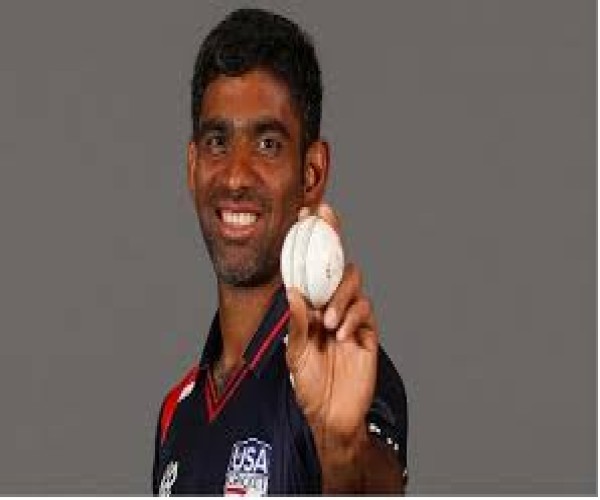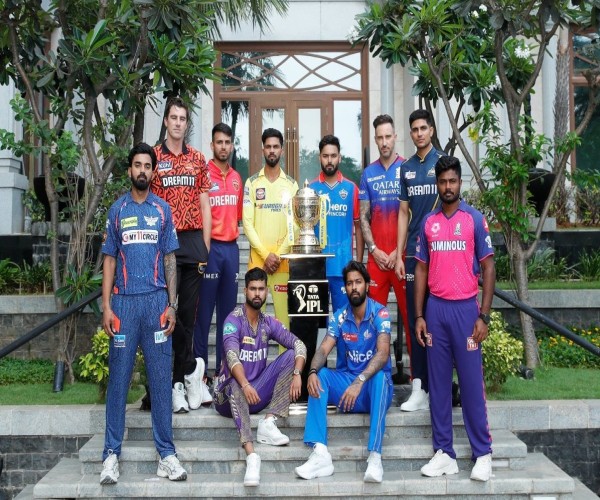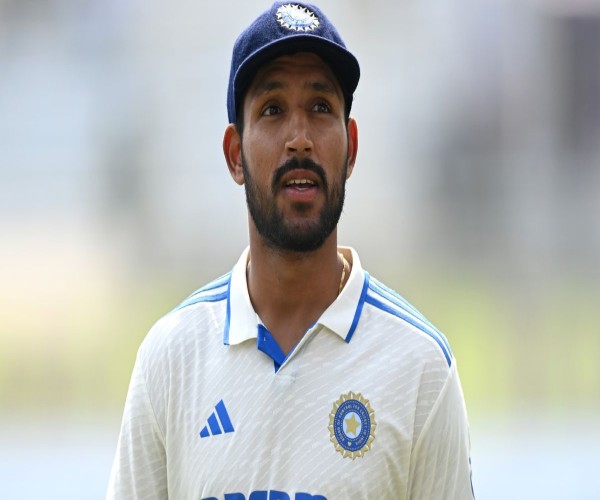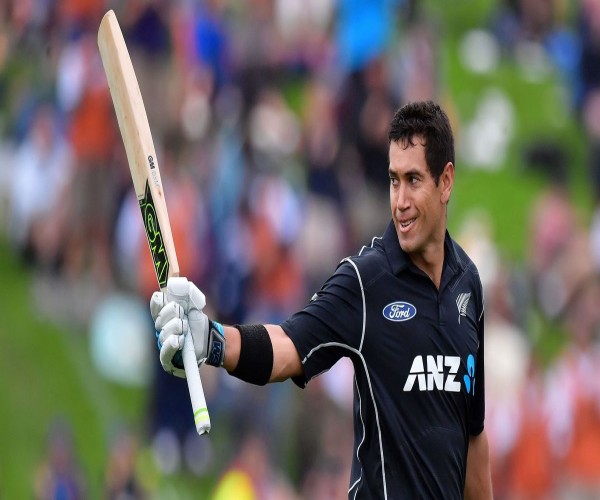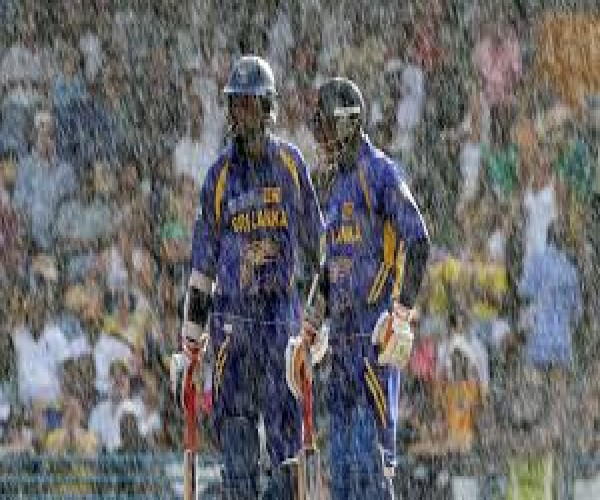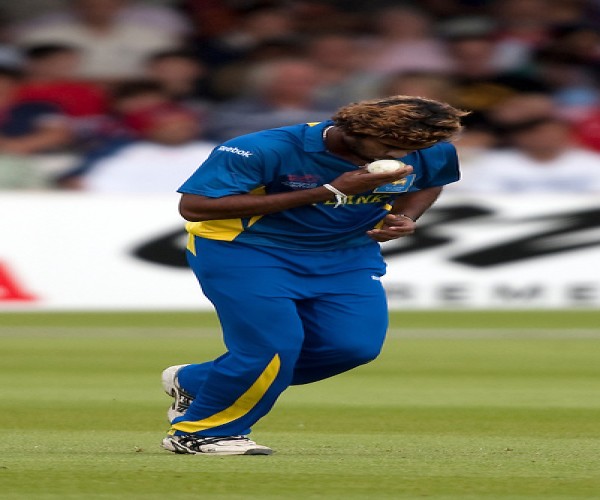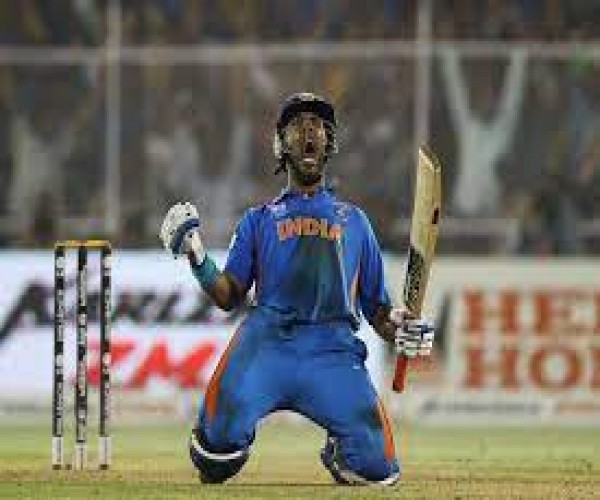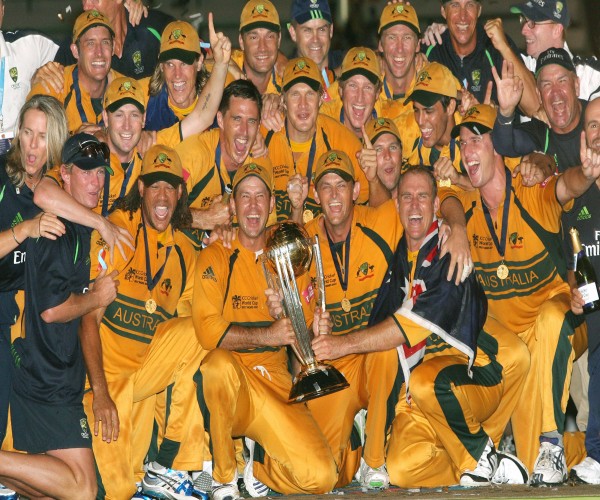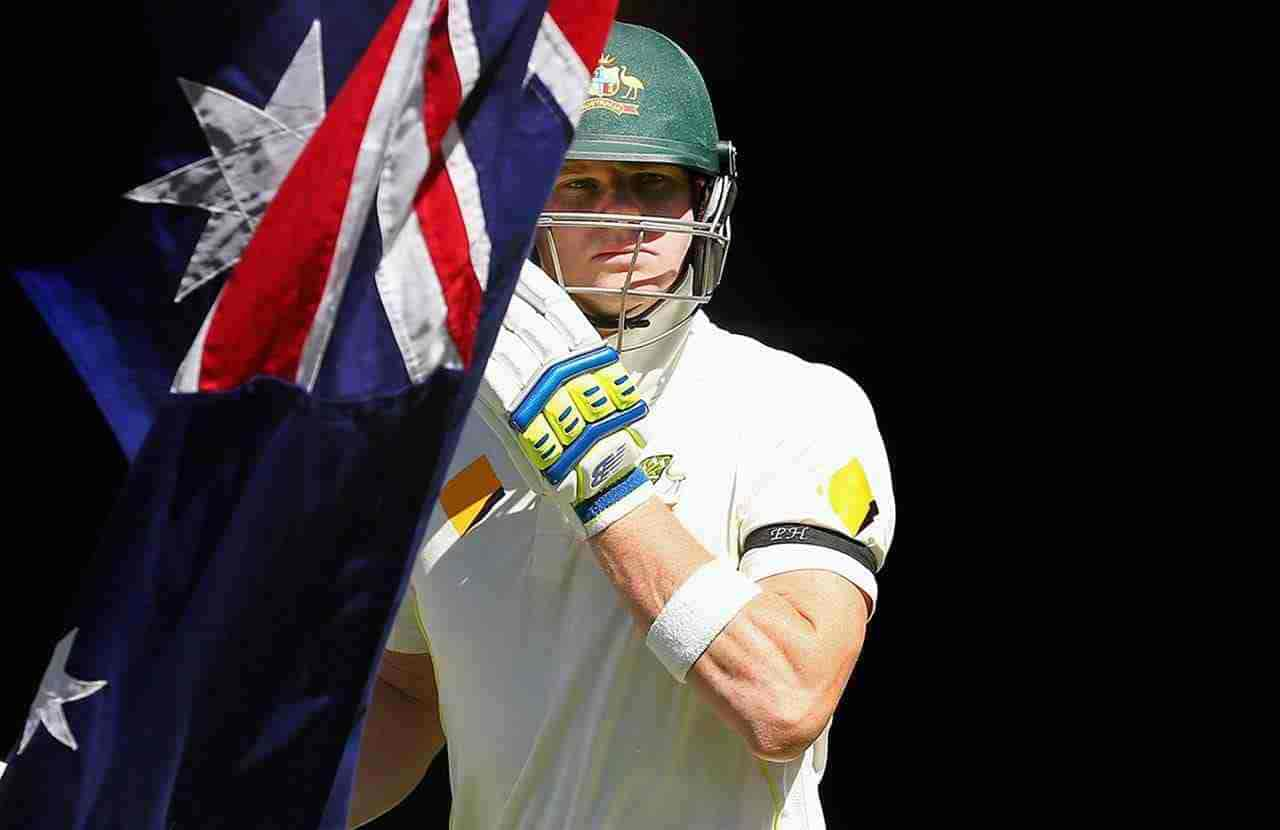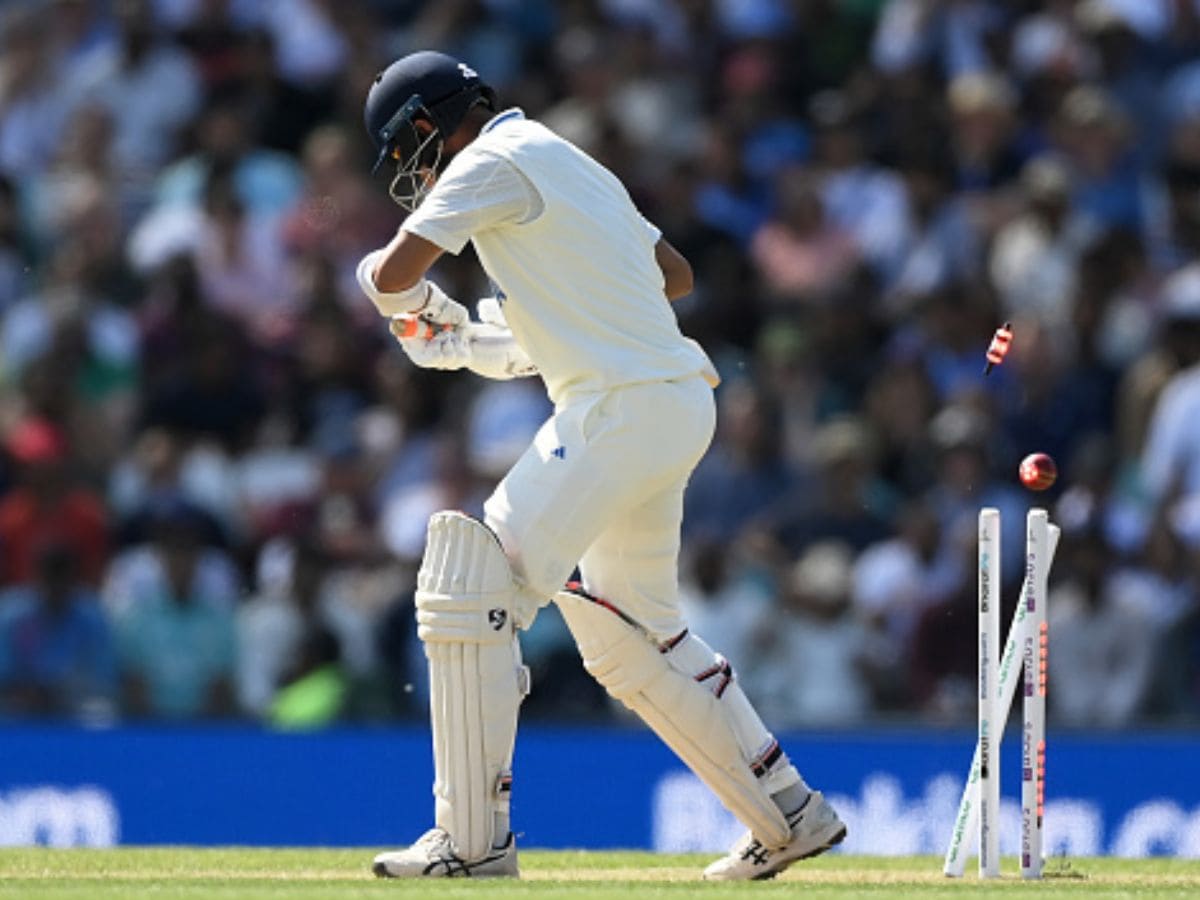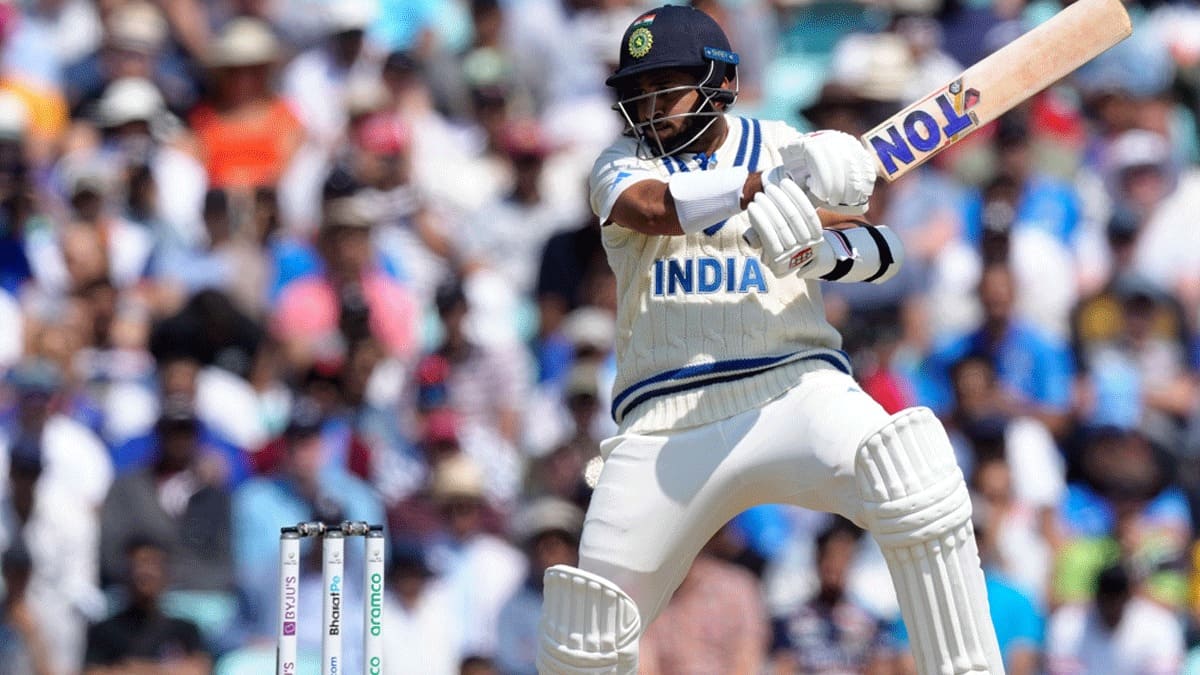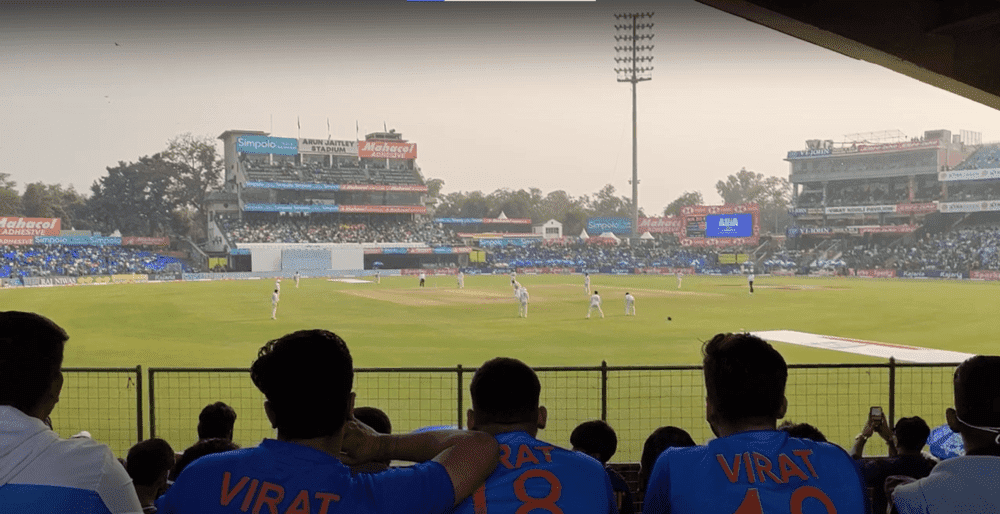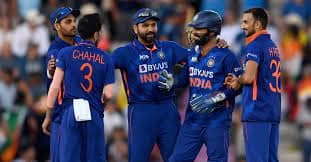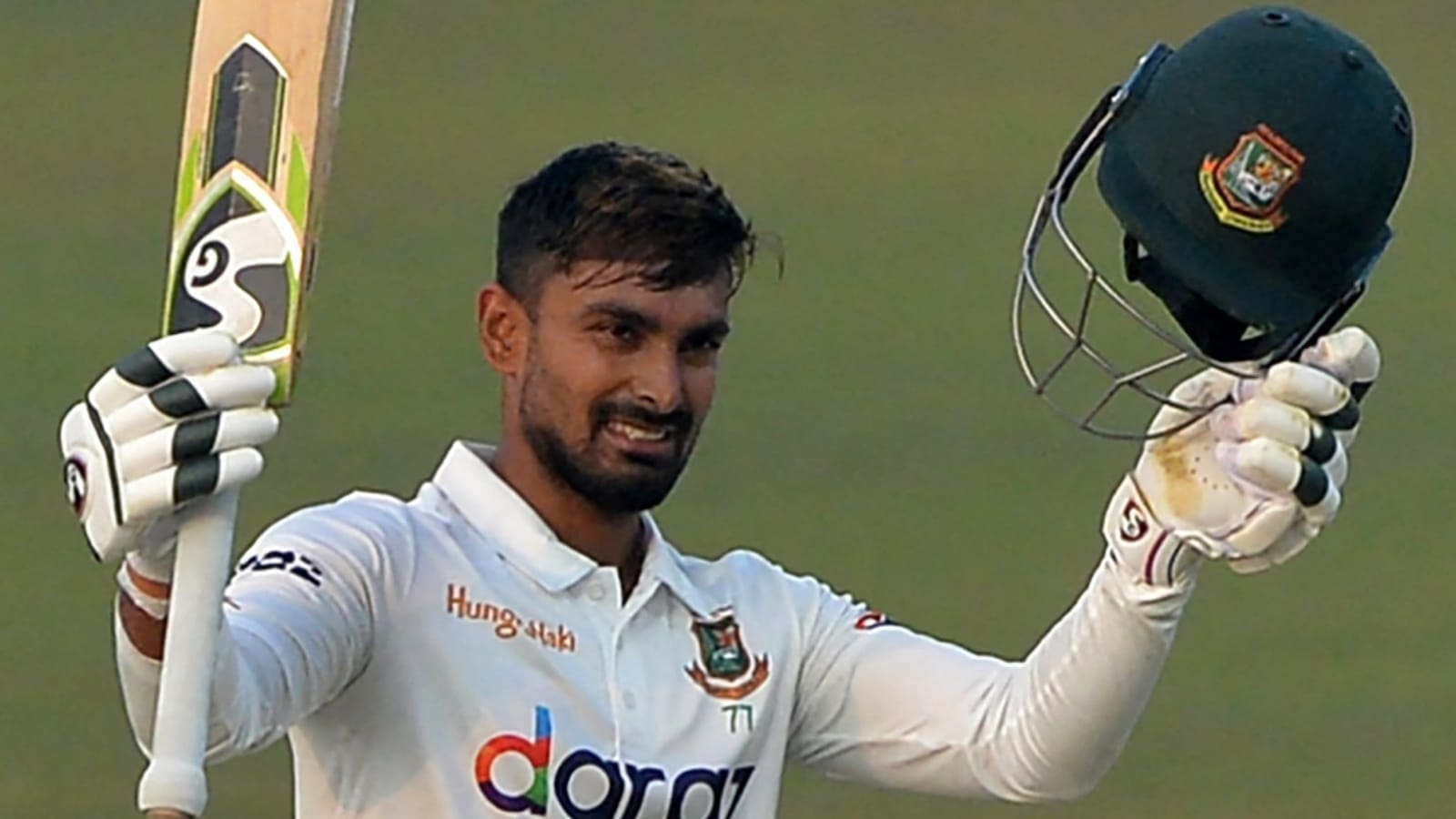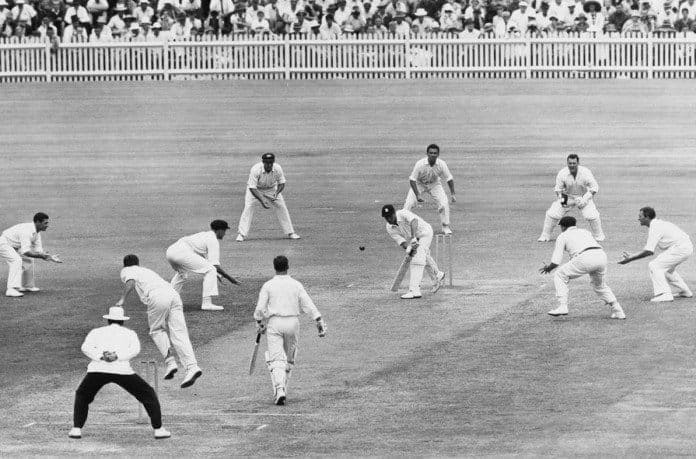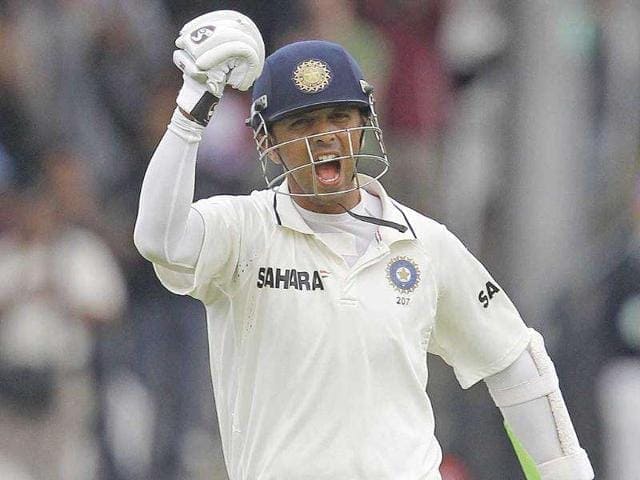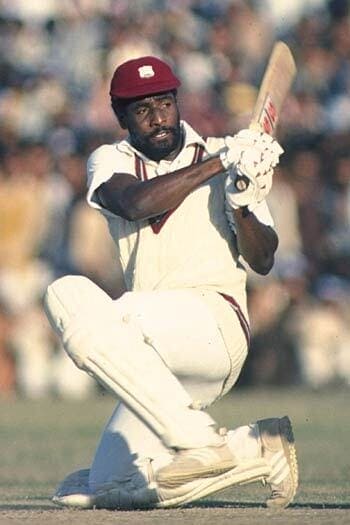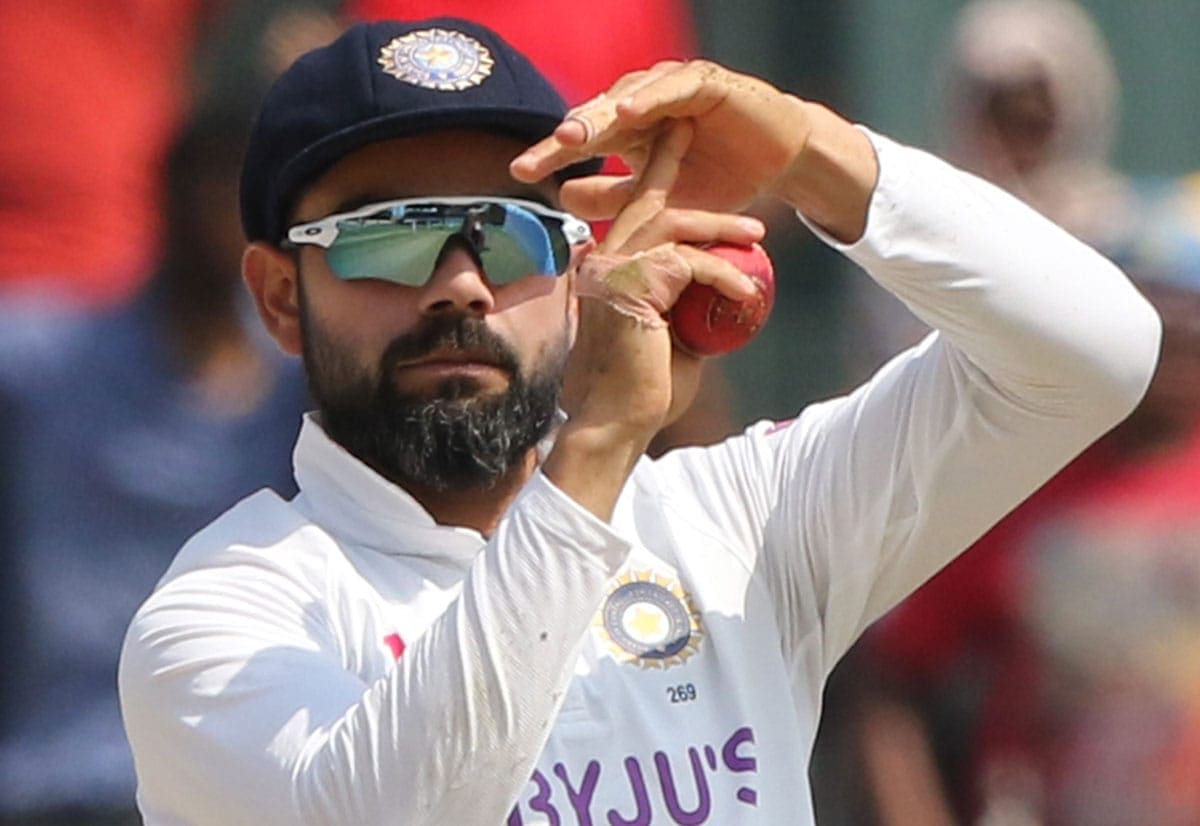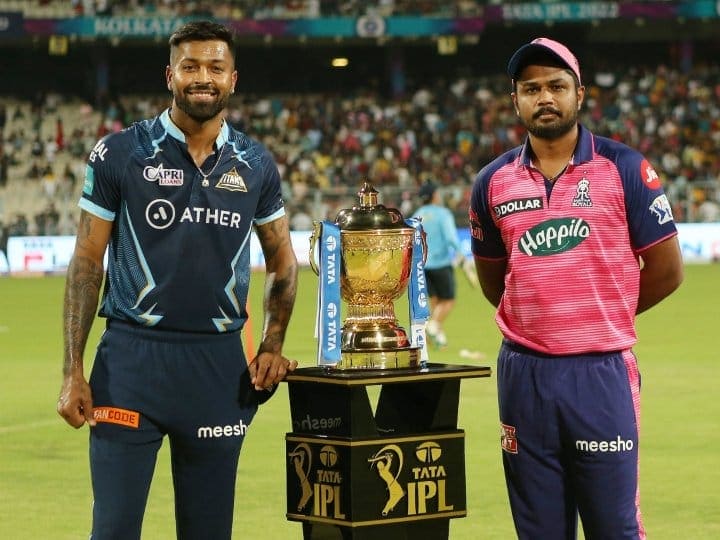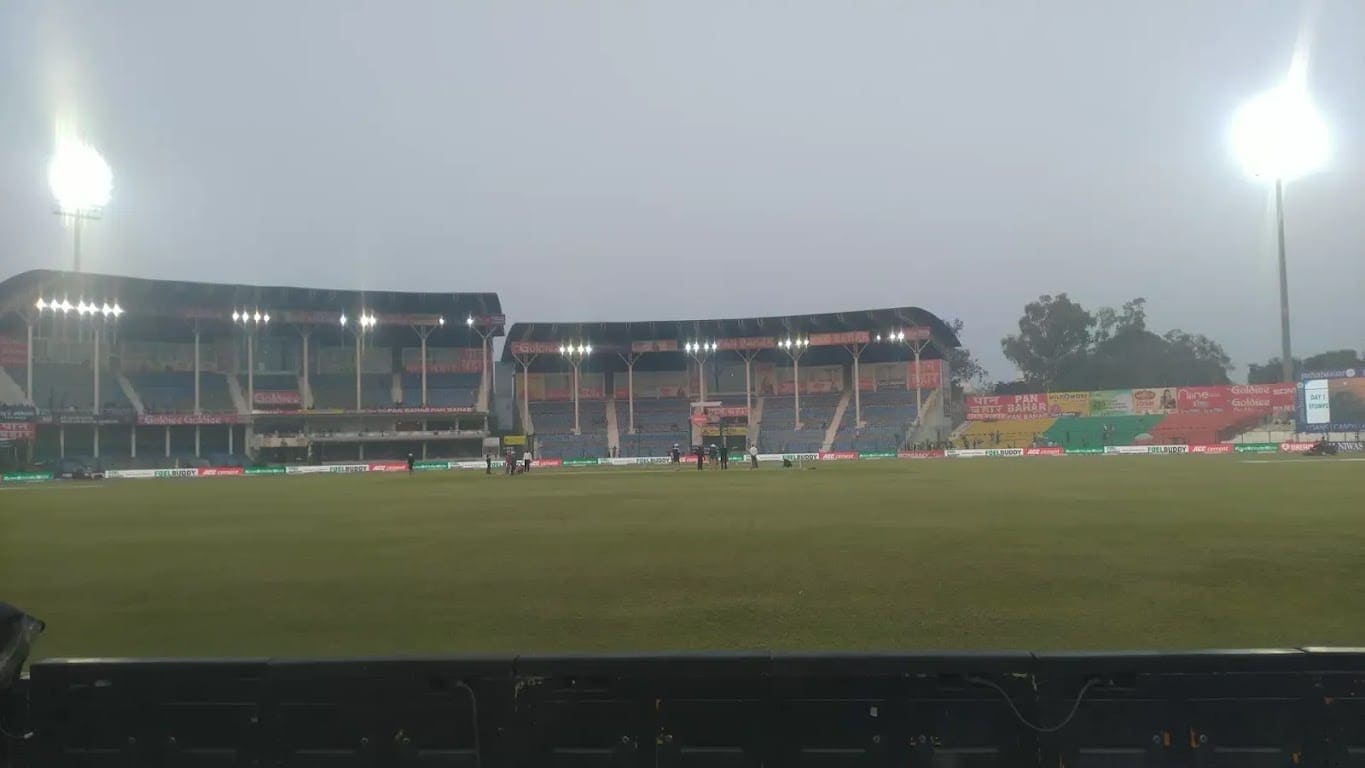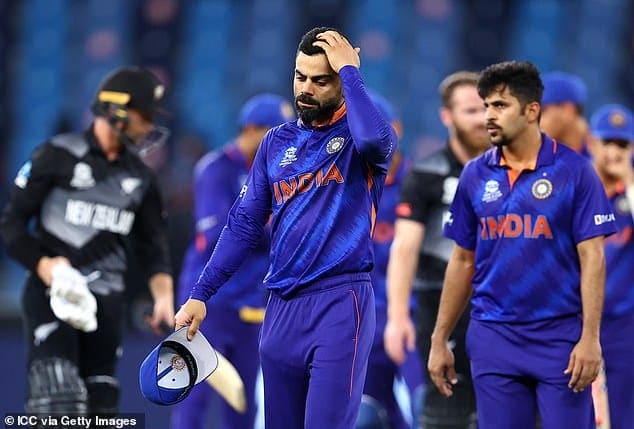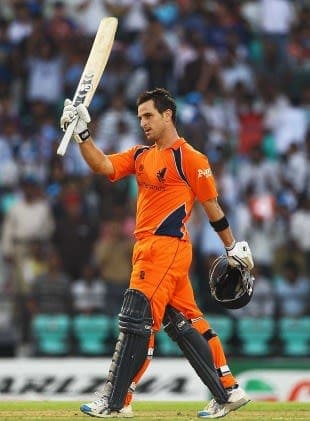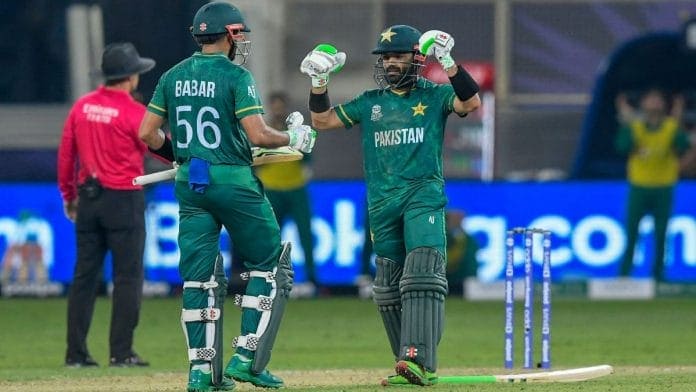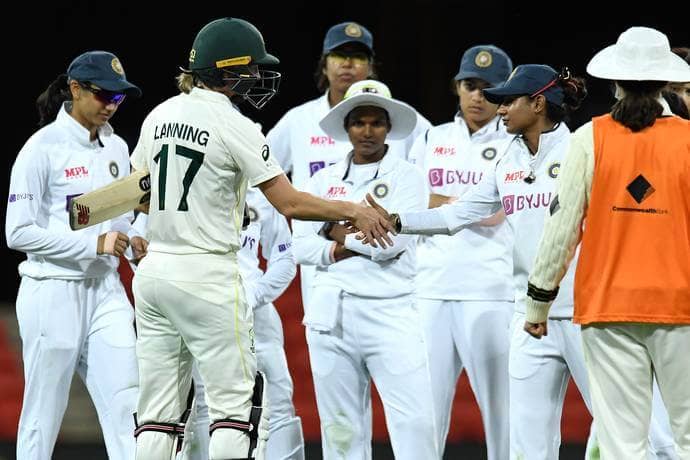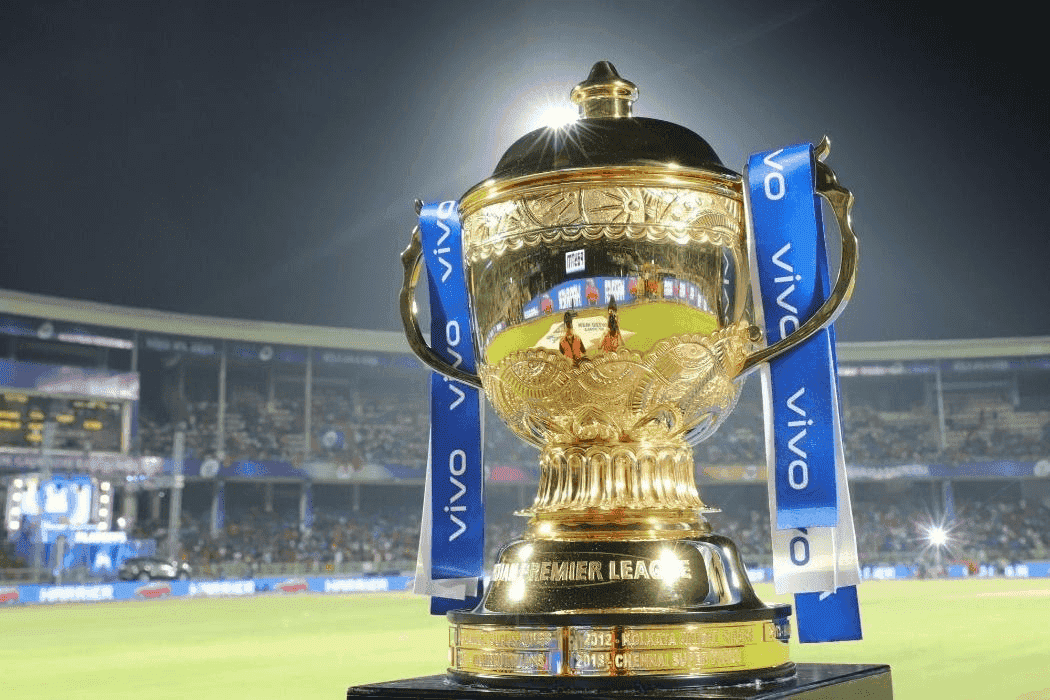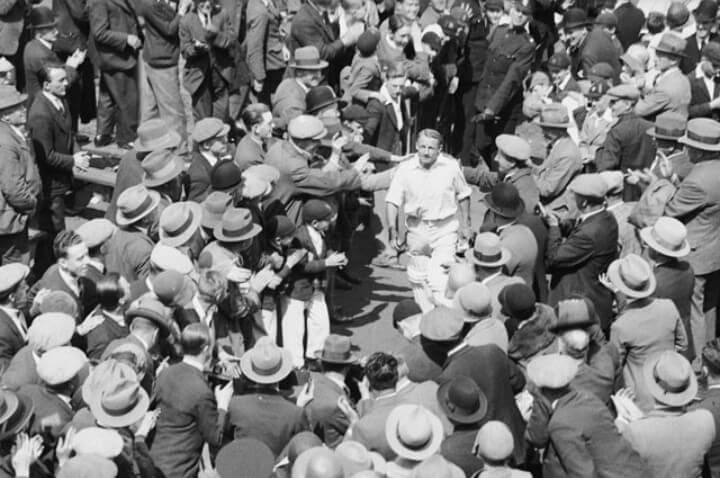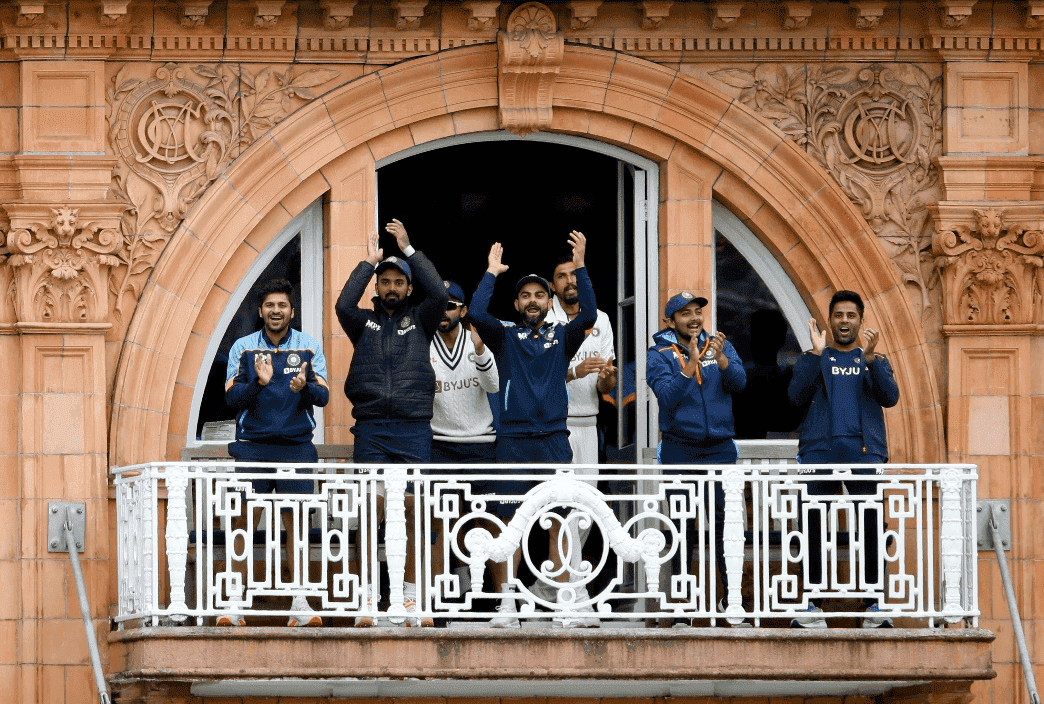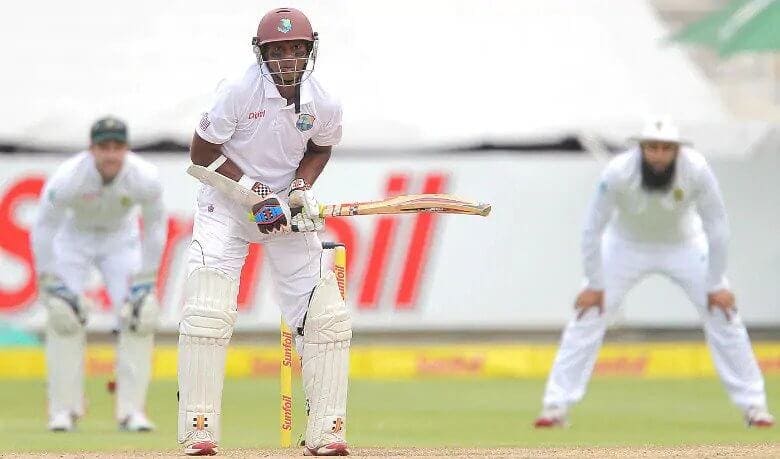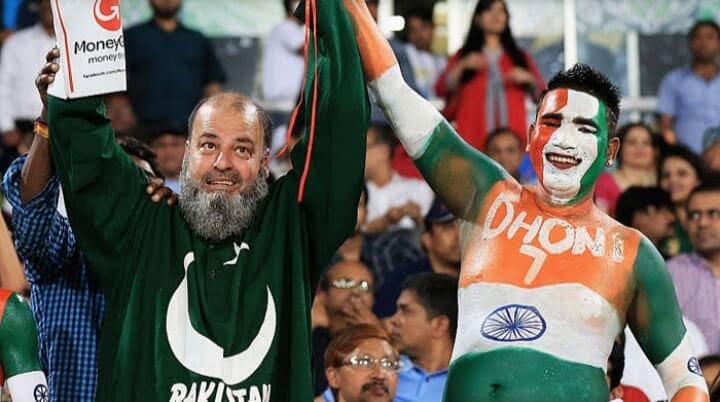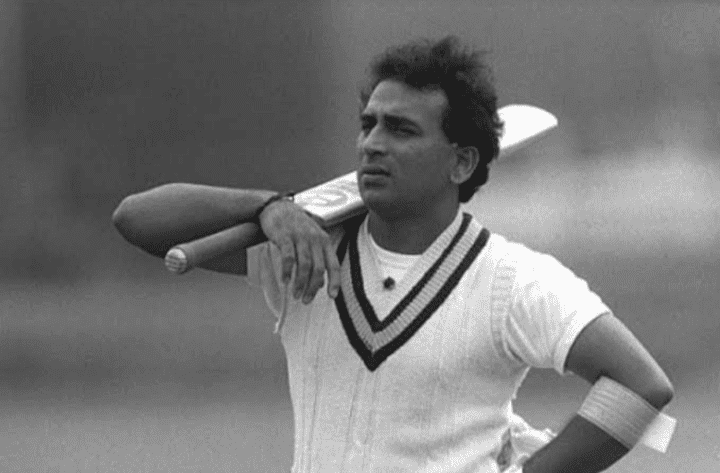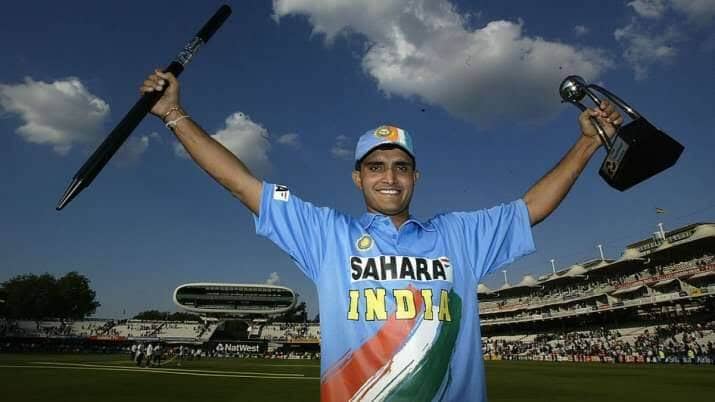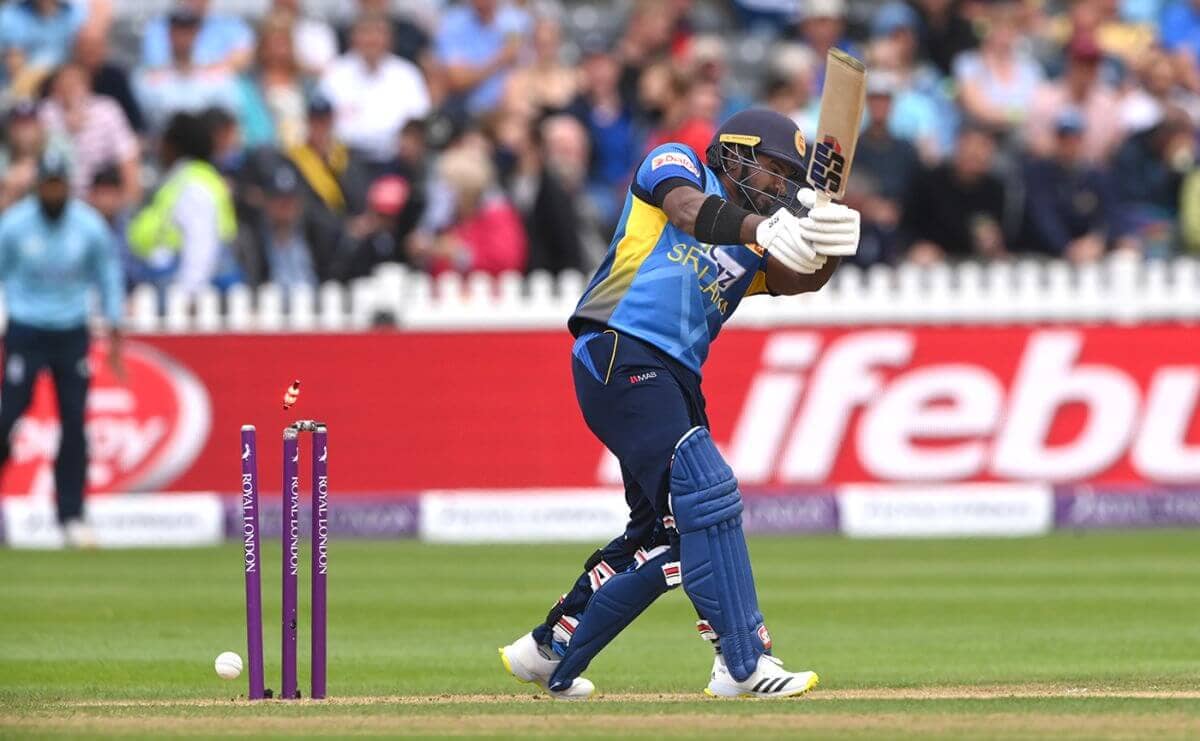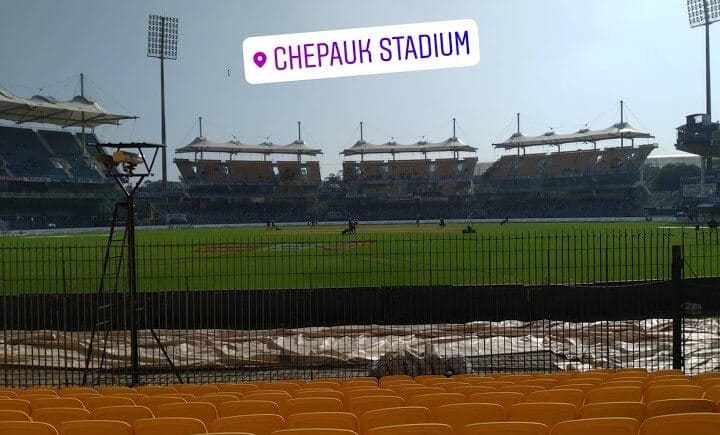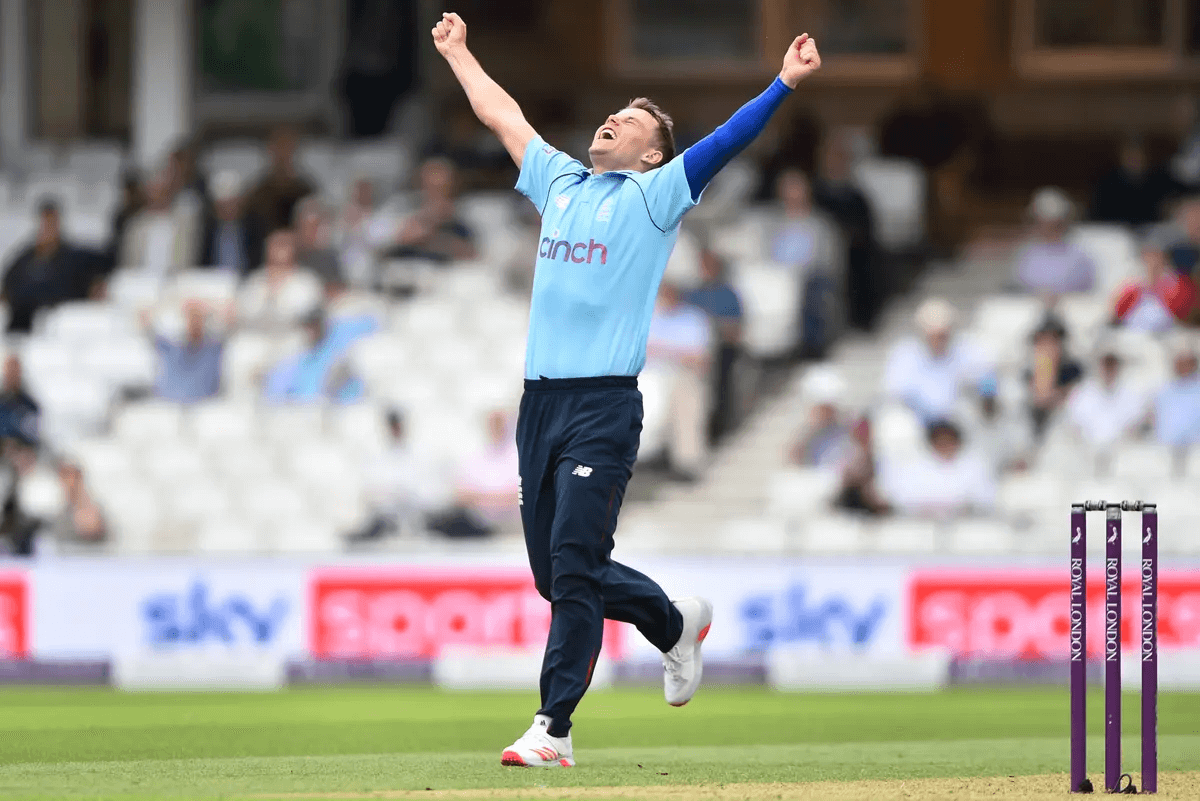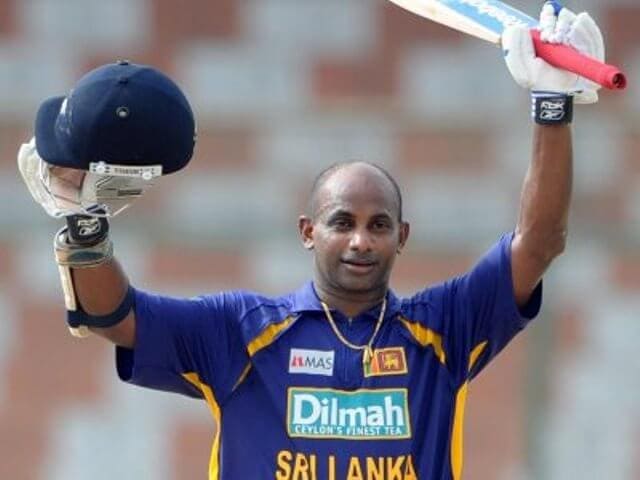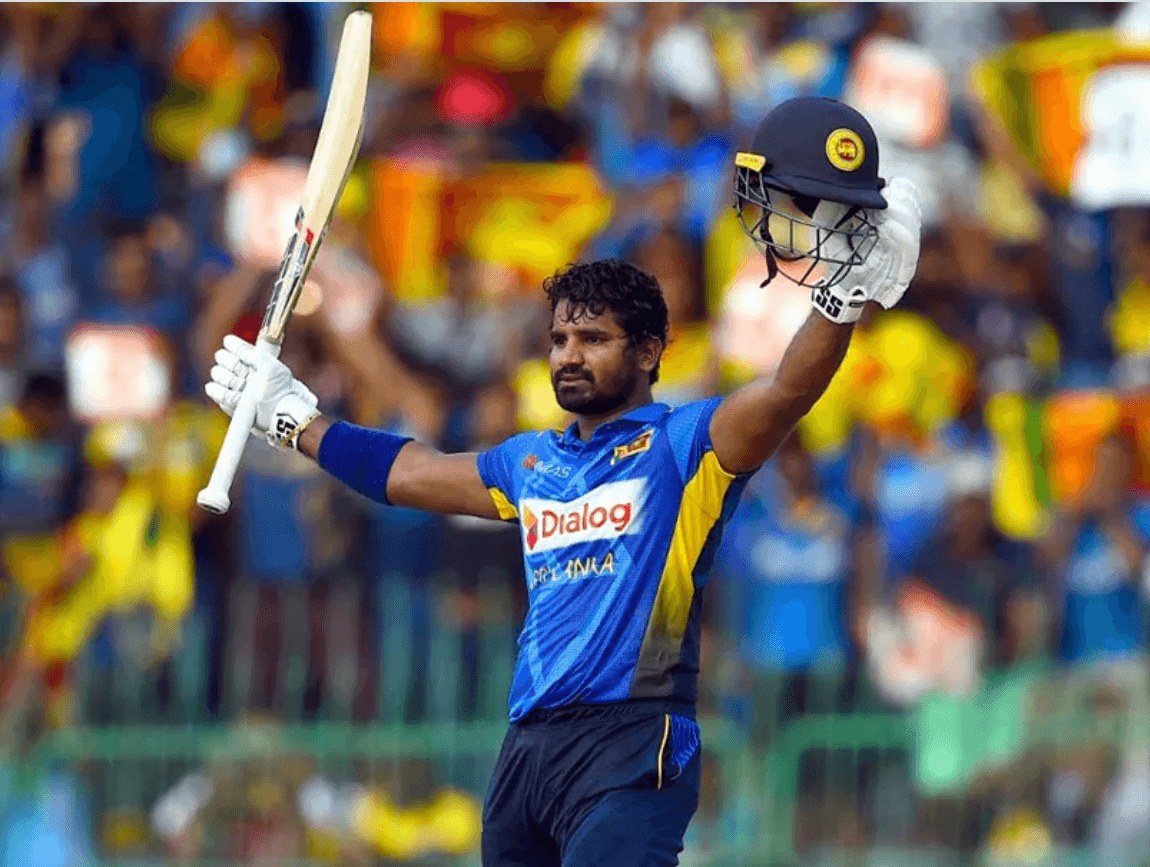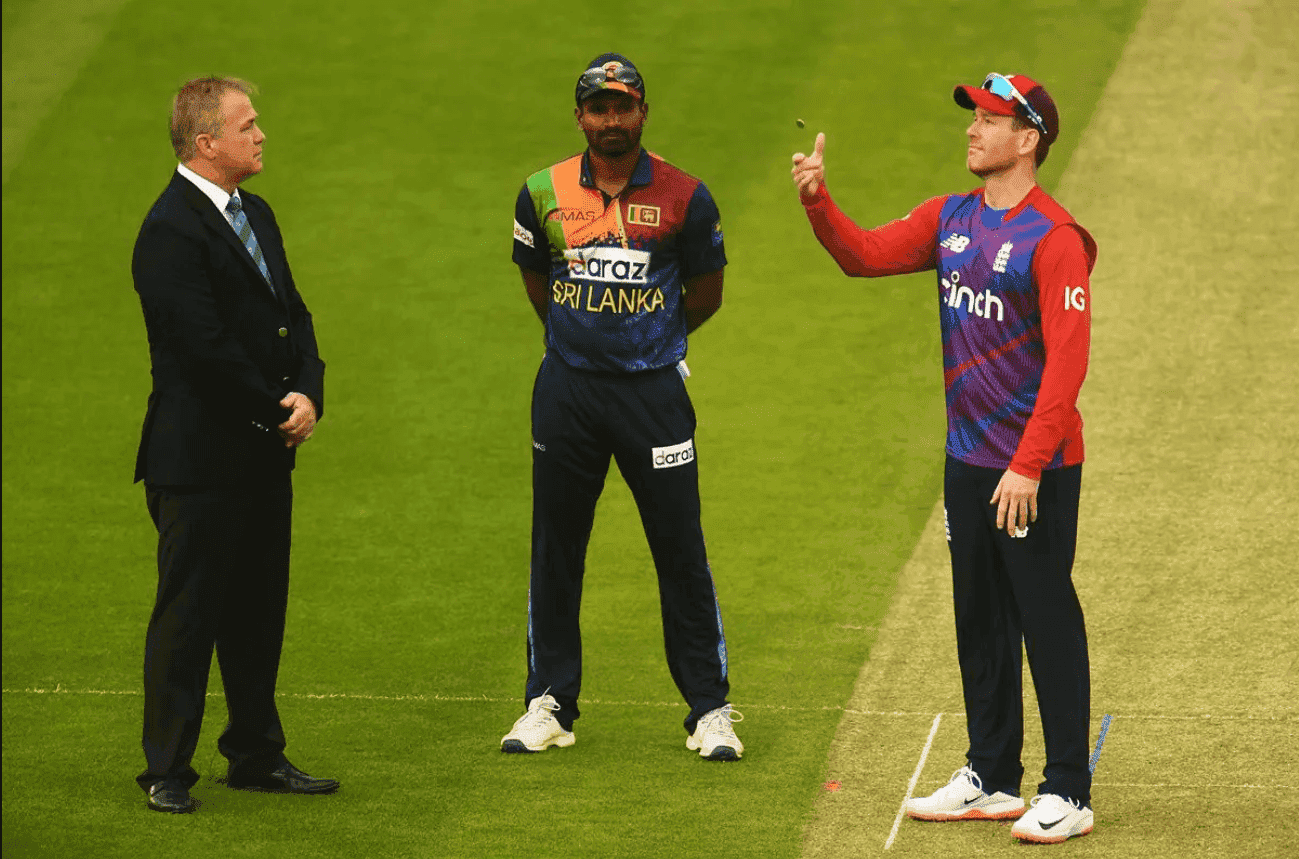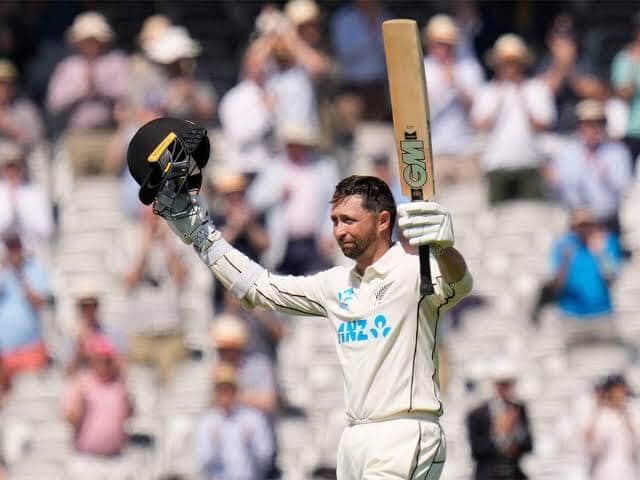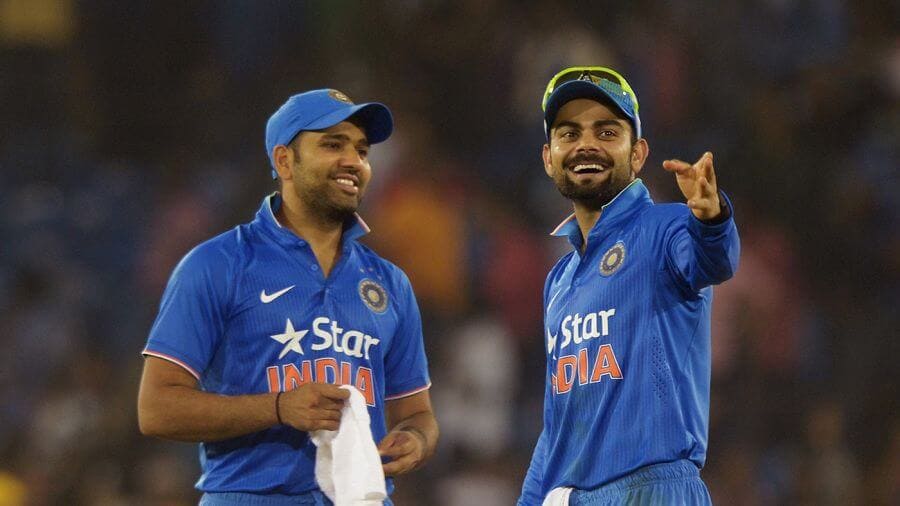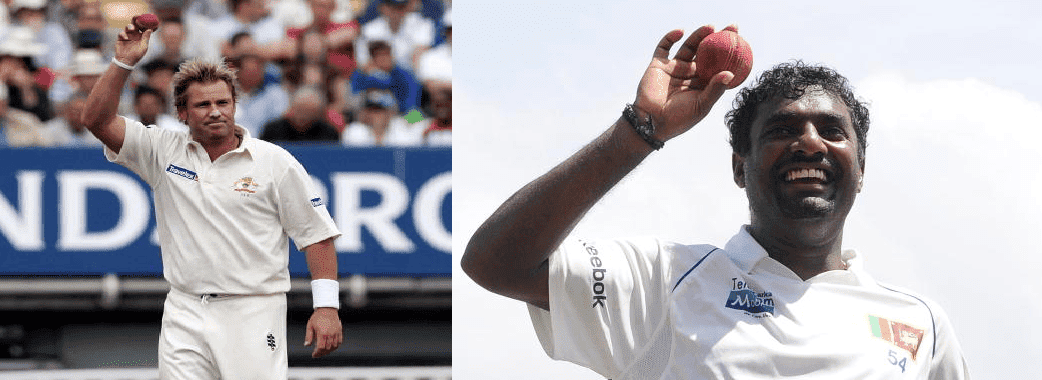
Muralitharan versus Warne has always been one of the most fascinating stories in the cricketing world. With both the legends producing remarkable performances over a long period of time with their spin bowling, it has always been a neck to neck contest. Many times, people choose one of the two, as a result of favoritism and not superiority.
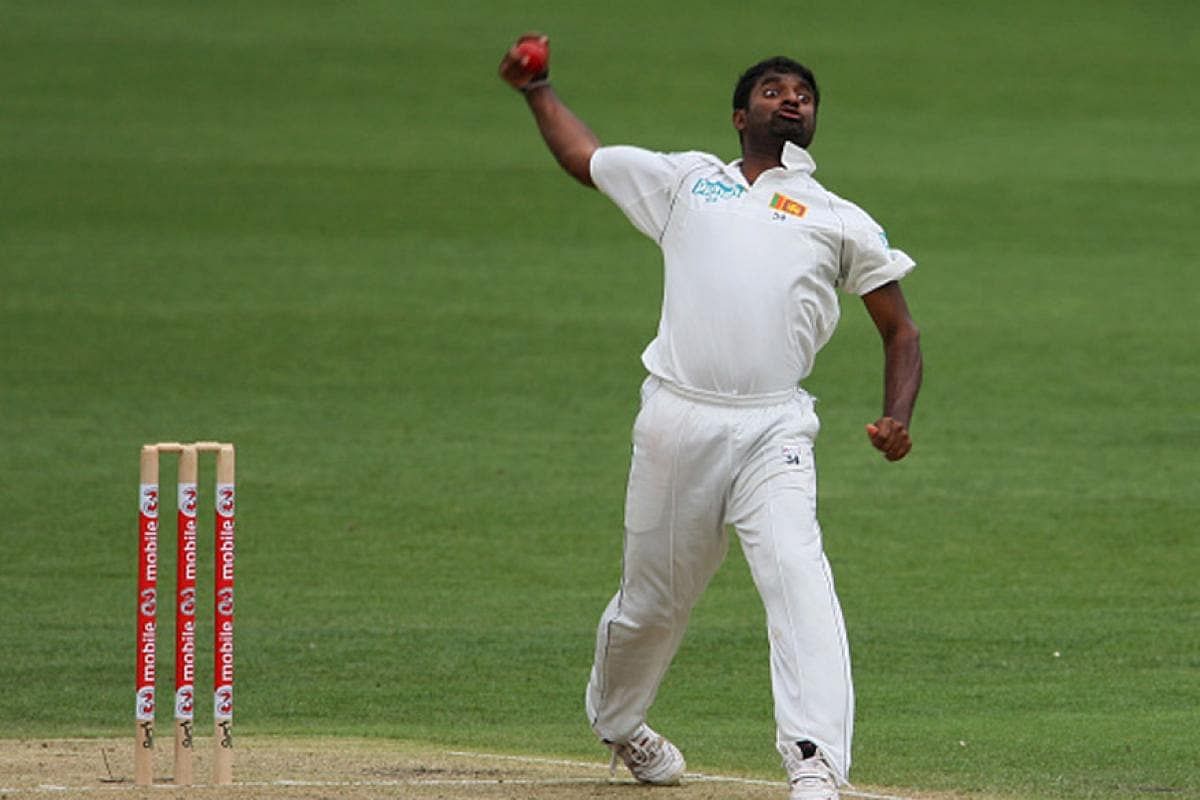
The reasons behind why it is tough to compare the two, are many. Though both were spinners, they used to represent two different trades of spin bowling. One was the king of wrist spin, while the other used to entangle batsmen with his finger spin. One was an Asian spinner, for whom spin bowling was an automatic choice, while other took birth in a country known for pace bowling & great batsmanship; One used to be assisted by a formidable pace attack, while the other used to be the shield for an average pace attack.
But all these things were something out of control for both spinners. They had to deal with whatever they got, and they did the same. Now, how to compare the both? How to find the better of the two?
Why are Muralitharan & Warne tough to compare?
One can say that Muralitharan picked around 38% wickets taken by Sri Lankan bowlers during his presence in the team, while Warne’s percentage in this criteria was around 27. Can we declare Murali the better on this? No, we can’t. Because, in other sense, a weak bowling attack of Sri Lanka used to offer more chances for Murali to pick more and more wickets, and no one knows if Warne could do the same if the circumstances were similar for him.

Some people declare Warne the winner, for he got his success on pace-oriented pitches, while Murali achieved staggering numbers on pitches made for spin bowling. Is it enough to conclude the matter? No, it is not. Since Sri Lanka used not to play enough matches outside Asia, Murali could not pick many wickets there, but he did pretty well whenever he got chances.
Then, how to compare both-
Let’s assume “Subcontinent” as home conditions for Murali, and “outside subcontinent” as home conditions for Warne. We are doing so because Murali & Warne played most of their trade in respective conditions.
Now, our point to compare the two will be “how they fared in the den of each other”. It will tell us how they accustomed themselves in alien conditions for them. It will also be clear if Warne was able to cash in the supportive conditions in Asia like the Sri Lankan wizard, and if Murali was as good as Warne outside the subcontinent.
Muralitharan’s statistics outside the subcontinent:-
Muralitharan picked 612 wickets in Asia, while his remaining 188 wickets came outside the subcontinent, of which 183 were for Sri Lanka, & 5 wickets for World XI. In 59 Test innings, Murali picked 188 wickets at 26.08, with 15 five wickets haul & 5 ten wickets haul. His strike rate was 61 with an economy of 2.56.
If we compare these numbers with that of Shane Warne, it comes forth that Murali was able to fare as good as Shane Warne.
In the mentioned conditions, Warne picked his wickets at 25.11, with 26 five wickets haul & 7 ten wickets haul in 227 innings. His strike rate was 58.5 with an economy rate of 2.57.
We can see Murali’s numbers outside the subcontinent were quite similar to that of Shane Warne. Murali was capable enough to pick wickets in alien conditions, alongside his heroics in Asia.
Shane Warne’s statistics in the subcontinent:-
Now, let’s differentiate the both in the spin friendly conditions of Asia. Although Shane Warne did well in Asia, he was fairly behind what Murali did. Warne picked 127 wickets in 46 innings at 26.81, with 11 five wickets haul & 3 ten wickets haul. His strike rate was 52.6 with an economy rate of 3.05.
When we compare these numbers with that of Muralitharan, the Sri Lankan wizard emerges as a clear winner. Murali’s wickets in Asia came at an unbelievable 21.69 in 171 innings, with a massive 52 five wickets haul & 17 ten wickets haul. His strike rate was 53.2 with an economy rate of 2.44.
Conclusion:-
In a comparison where it is always tough to decide who was the better between Muralitharan & Warne, the comparison of both bowlers’ performances in the assumed home conditions of each other, can be the optimum way to do so.
Muralitharan has proved himself the king of Asian conditions, and a very close competitor outside the Subcontinent. On the other hand, Warne was superb outside the subcontinent, but was fairly behind Muralitharan in Asia.
It means, Muralitharan accustomed himself in the alien conditions effectively, while Warne could not avail of the benefit of Asian conditions, as much as he was supposed to do.



